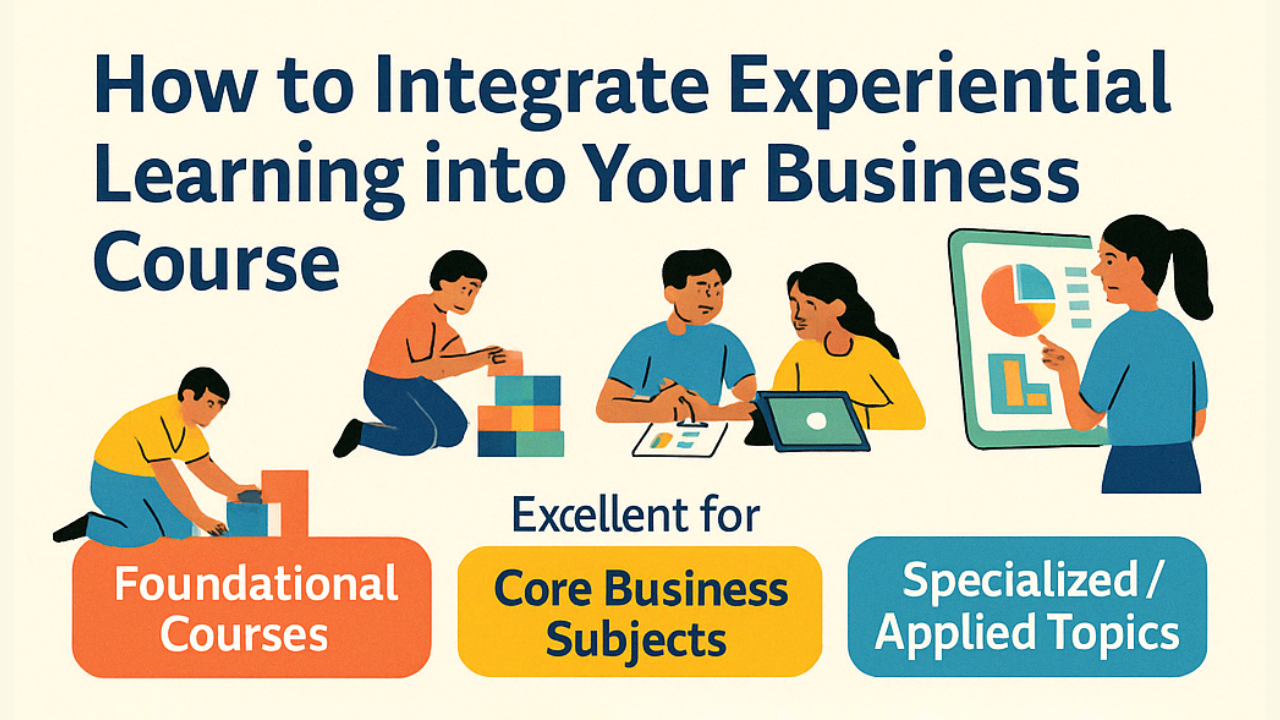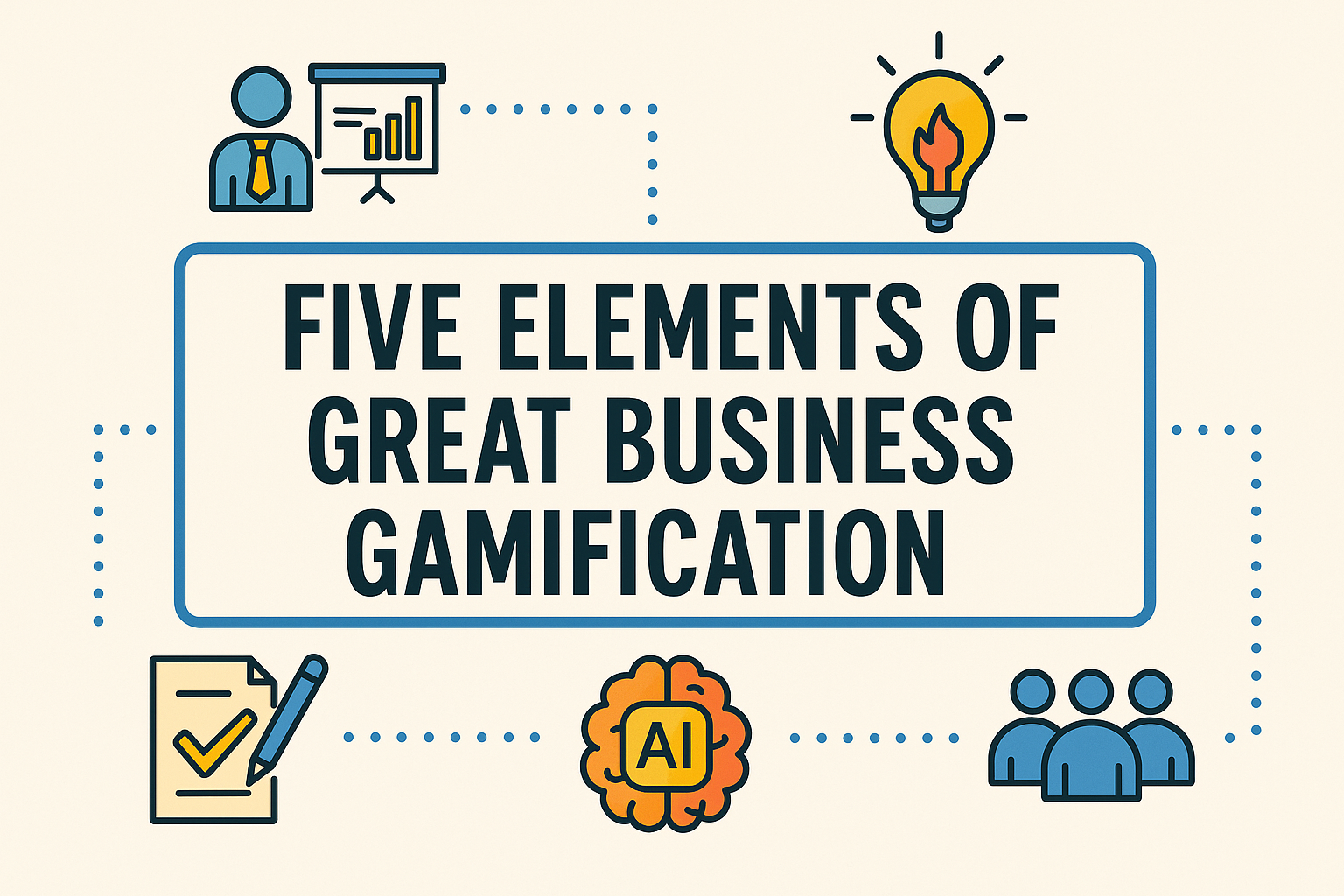1. Retail Navigation & Menus
Location Menu
- Shows available locations to rent for retail.
- Displays rental costs, overflow fees, and space availability.
- Allows you to choose the store size and rental duration.
- You must click Approve after submitting the rental to finalize it.
- Includes a Map view to see the distances between locations (important for supply chain considerations).
Procurement Menu
- Lets you purchase finished goods from vendors.
- Vendor terms and conditions (price, discount, lead time, stock availability) can change during the game.
- You may need to switch vendors or use e-commerce if certain vendors run out of stock.
- Purchase options (facilitator-configurable):
- Immediate Delivery: Goods arrive right away.
- Future Delivery: Schedule delivery for a specific future day.
- Blanket Purchase: Place one order to be delivered in chunks (e.g., every day or every few days).
Store Menu
- Shows a visual layout of your store (front/store display area and back room).
- In FMCG mode:
- Goods arrive in smaller batches.
- You can move items between the display area and back room (e.g., to manage expiration dates or stock rotations).
- In Non-FMCG mode:
- Typically one large batch; no back-room movement is required.
Retail Sales & Price Menu
- Displays day-by-day sales, cost of goods, and product details for each location.
- You can adjust pricing, which dynamically affects customer demand—lower prices may increase sales volume, while higher prices yield higher margins but might reduce sales.
Transaction Menu
- Shows all transactions related to retail (rentals, procurements, etc.).
- Remember: Each transaction or action (renting, procurement, changing rental contracts) must be Approved to take effect.
Forecast Menu (If Enabled)
- Provides a detailed demand forecast for each location and each product by day.
- Helps you decide where to open stores and how much inventory to plan.
- Alerts you to potential demand spikes or dips (e.g., holidays).
- Note that the forecast demand is location-wide, not per team. If multiple competitors occupy the same location, the total demand is split among them according to price, marketing, and other factors.
2. Managing Rental Contracts
- Once a space is rented, you can Manage Rental to change store size or contract duration.
- If you have a long-term contract (e.g., 30 days), you cannot change the size mid-term.
- Short-term (daily) contracts offer flexibility but typically come with no rental discounts.
3. Store Capacity & Overflow
- Each product has a specific dimension; stores have a capacity (size).
- If you exceed the store’s capacity, you pay overflow fees.
- Aim to maintain store utilization close to 100% (avoid under- or over-utilization).
- Too little stock can cause stock-outs, leading to lost sales when customers find nothing to buy.
4. Pricing, Competition & Marketing
- Free-Market Dynamics:
- Lowering price can attract more customers (especially if there are multiple competitors in the same location).
- Raising price increases margin but risks losing customers to competitors.
- Marketing:
- Can drive more traffic to your store, potentially increasing sales.
- The Marketing module (if enabled) provides intelligence on competitor locations, prices, and how customers respond.
- You can subscribe to marketing reports to learn about competitor presence, customer demand, and price sensitivity in each location.
5. FMCG Special Considerations
Quality Check (QC)
- When purchasing stock in FMCG mode, players can choose to enable QC.
- QC detects initial shortages or damaged items in a batch (e.g., if you ordered 10,000 units but only 9,999 are good, you pay only for 9,999).
- Reduces wasted cost due to defective or missing products on arrival.
Missing & Damaged Goods
- Over time, products in a batch can become missing or damaged (stolen, broken, spoiled, etc.).
- These items still appear in your batch quantity but cannot be sold.
Stock Take
- Performing a stock take clears out the missing/damaged products from your batches.
- After stock take, your batch quantity accurately reflects sellable inventory.
- Prevents carrying “phantom” stock that doesn’t actually exist.
Batch Rotation & Expiry
- You can move batches between the back room and the display area to manage expiry dates or promotions.
- Proper rotation ensures fresher (or soon-to-expire) products are sold first.
6. Price Elasticity of Demand
- Some products are more sensitive to price changes (high elasticity), while others are less sensitive (low elasticity).
- Facilitator-defined elasticity settings mean you’ll have to discover which products can tolerate higher prices without significantly dropping in sales volume.
- Identifying low-elasticity items allows for higher margins, while highly elastic products might require more competitive pricing to maintain volume.
7. Additional Notes
- No Vendor Negotiation Yet: Currently, you must accept vendor terms (pricing, lead time, etc.) as is.
- Approvals: Remember to approve all transactions (rentals, purchases, contract changes) before they take effect in the simulation.









